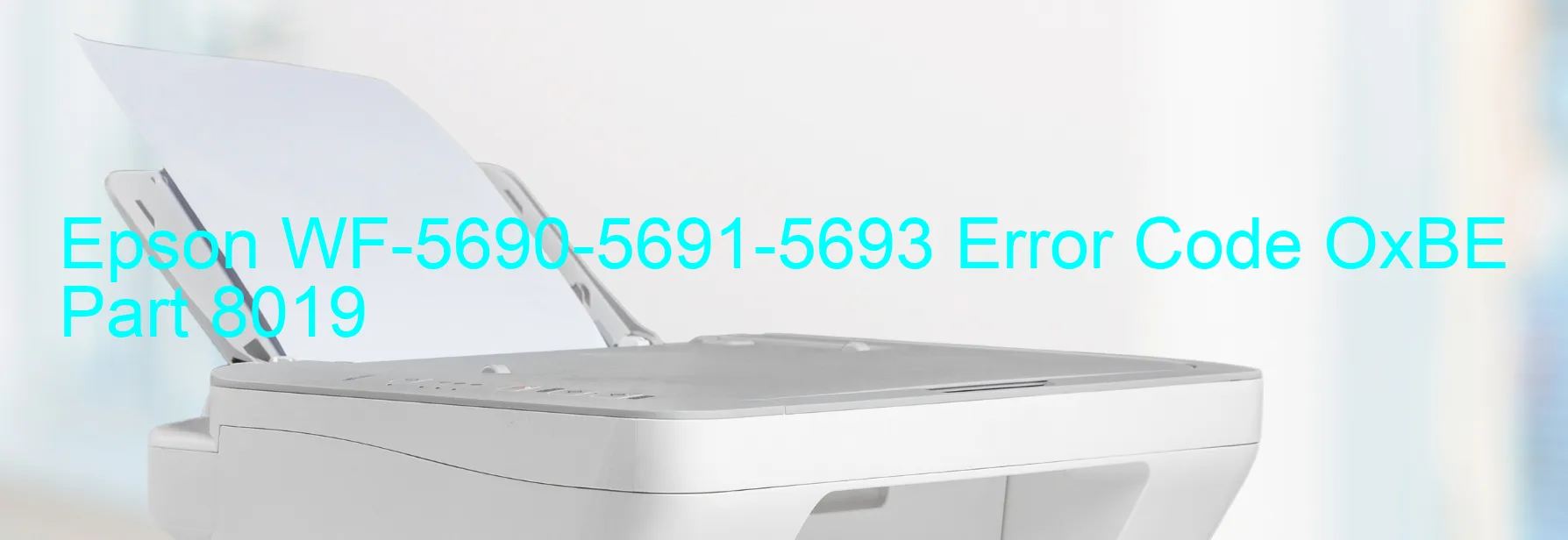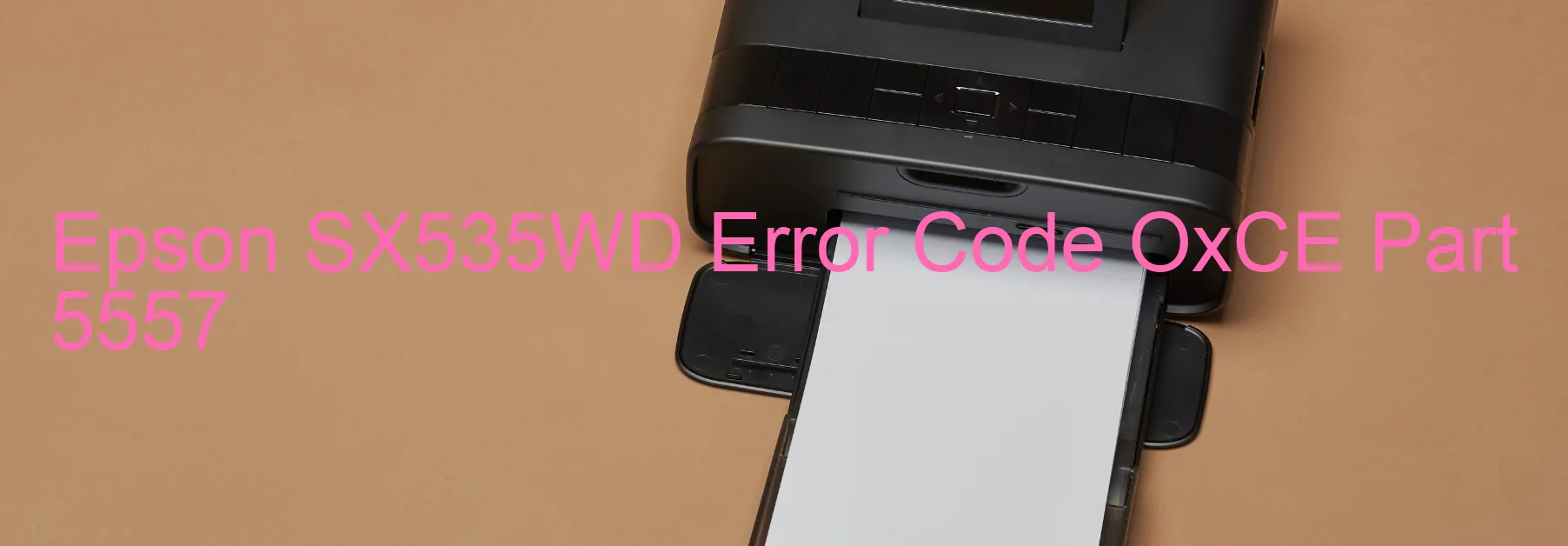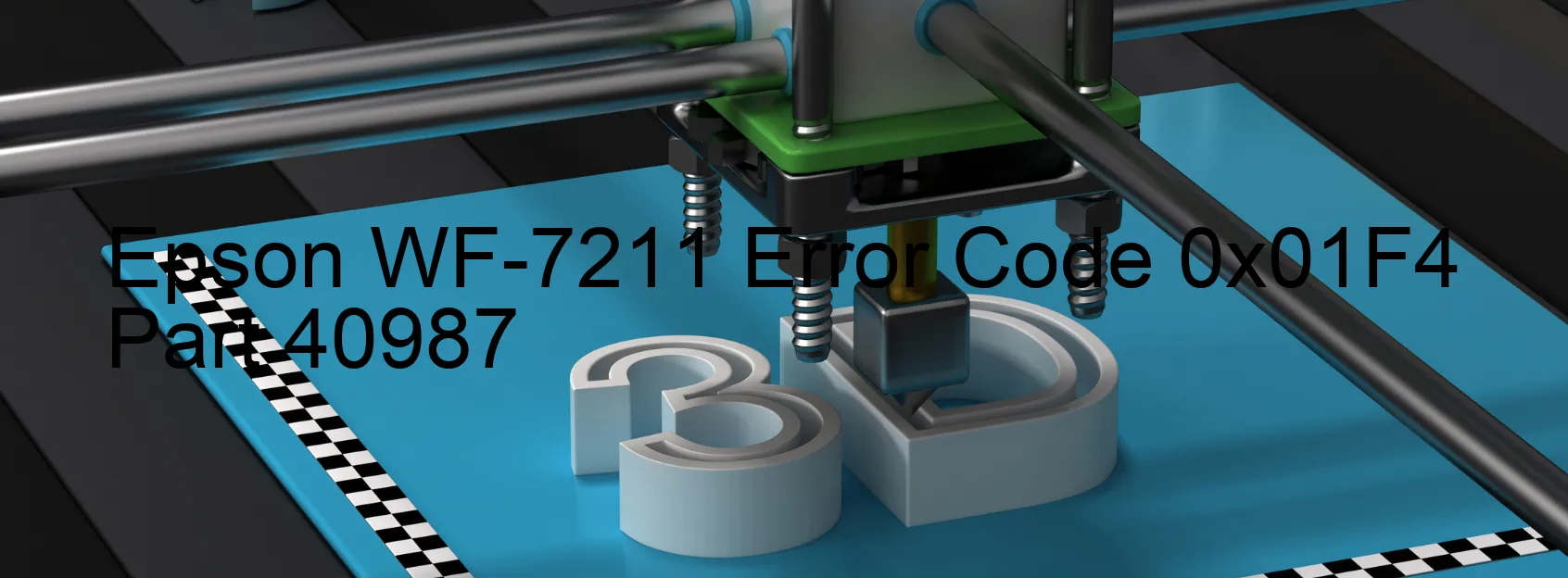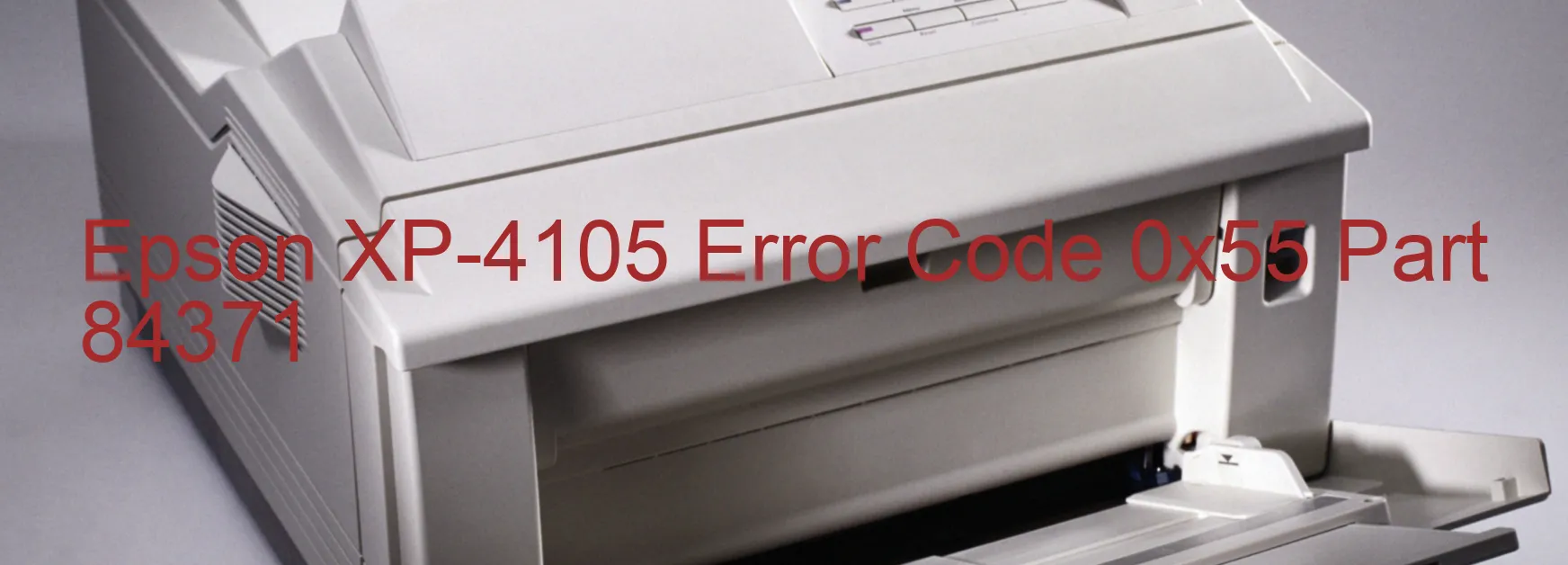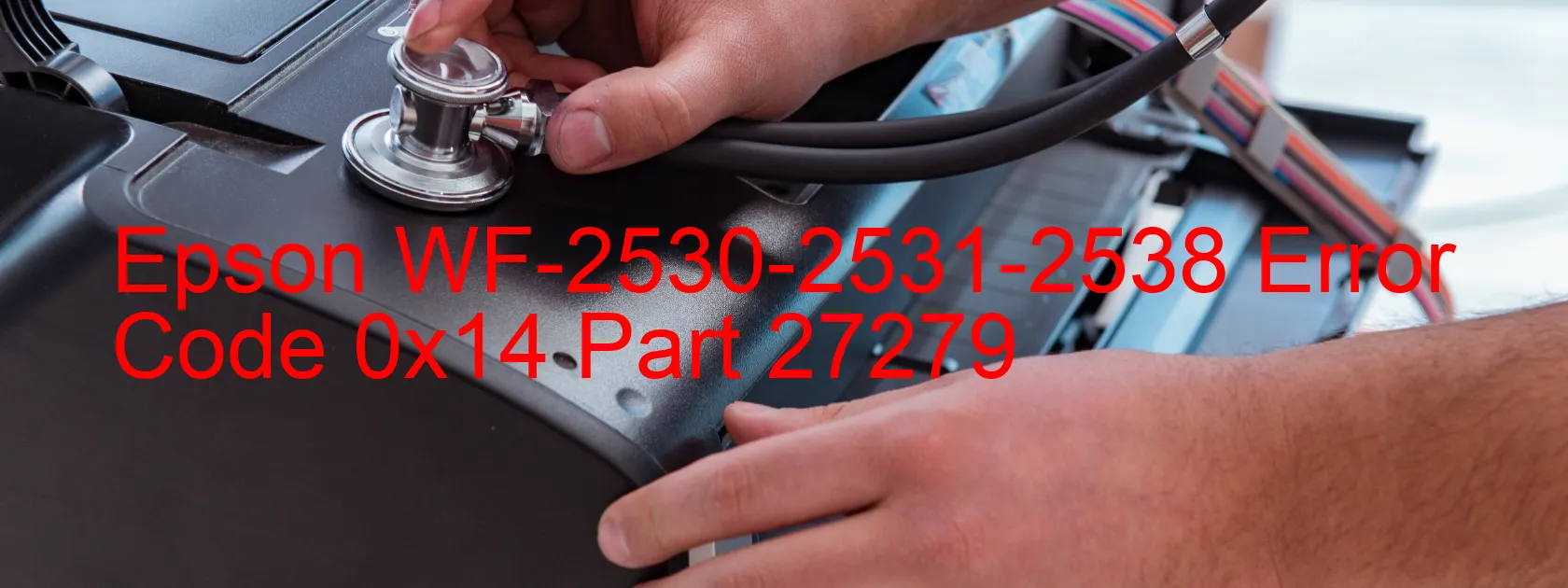Epson XP-950 Error OxF1

The Epson XP-950 is a versatile and reliable printer that is widely used for various printing needs. However, like any other printer, it may encounter certain errors from time to time. One common error that users may come across is the OxF1 error code, which is displayed on the printer’s screen. This error is accompanied by a few possible descriptions and troubleshooting steps to resolve the issue.
The OxF1 error code typically indicates a problem with the printer’s print head, also known as the PF (paper feed) mechanism. The error could be caused by various factors such as PF PID excess load error, encoder failure, PF motor failure, PF mechanism overload, cable or FFC (flat flexible cable) disconnection, tooth skip, improper tension of the timing belt, motor driver failure, or even main board failure.
To troubleshoot this error, there are a few steps you can follow. Firstly, check if there are any paper jams or foreign objects obstructing the printer’s mechanism. If so, carefully remove them. Next, ensure that all cables and FFCs are securely connected and not damaged. Inspect the timing belt for any signs of damage or incorrect tension. Restart the printer and see if the error persists.
If the error persists, it is advisable to contact Epson’s customer support for further assistance. They will be able to provide specific guidance based on the error description and help resolve the issue effectively. It is always recommended to consult the printer’s user manual for detailed troubleshooting steps or seek professional help if required.
In conclusion, the Epson XP-950 error code OxF1 can be caused by various issues related to the printer’s PF mechanism. Through proper troubleshooting and seeking assistance when needed, this error can be resolved, allowing you to continue your printing tasks smoothly.
| Printer Model | Epson XP-950 |
| Error Code | OxF1 |
| Display on | PRINTER |
| Description and troubleshooting | PF PID excess load error. Encoder failure. PF motor failure. PF Mechanism overload. Cable or FFC disconnection. Tooth skip or improper tension of the timing belt. Cable or FFC disconnection. Motor driver failure. Main board failure. |
